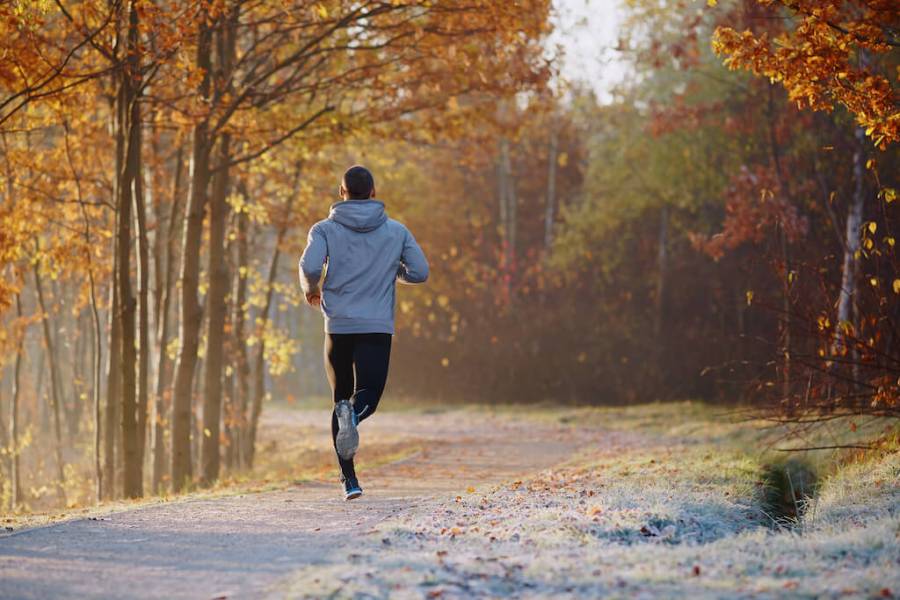From which length to choose when shopping for the best running shorts to the right time to wear compression gear and base layers, it can be difficult to know what to wear on a run. There are so many things to look out for in quality running gear to provide comfort and aid performance. Breathability plays a huge role for runners, particularly on hotter runs, as it allows the air to flow in and out the garment, providing ventilation. It also helps wick away sweat, which could otherwise make your clothes heavy and uncomfortable.
The cut and fit of running clothes is also important. Runners want to look out for running gear that allows them to move freely, with no obstructions, but also that offers support in areas that need it.
Why you can trust Men’s Fitness
Men’s Fitness has had its finger on the pulse of the healthy lifestyle scene since 2001. That means we’ve got more than two decades of experience in the industry and have built up connections with top professionals. As such, we only offer insight and advice from those who know best – and who have the credentials to prove it. Here, Jordan Shelley, Head Coach at WIT Fitness, gives his expert opinion on what to wear on a run.
How to layer up on cooler runs
Layers can be tricky for a runner. You want to ensure that you’re warm enough on those cooler days, but ‘over-layering’ can often leave you feeling too warm by the end of your run. When picking layers, it’s important they still possess the same qualities you look for in your regular running clothes; you want them to be lightweight and well fitted.
A running gilet or a tight base layer or good options, but a good pair of lightweight running gloves will often do the trick, as your hands usually suffer first on a cold days.
Short lengths for running
Short length always depends on the runner, but the most popular short lengths range between 3 and 7 inches. The longer the short length, the more leg coverage you get, which may help prevent chafing, but those that prefer a more minimal approach will opt towards the shorter lengths to minimise fabric weight. A good compromise are the best 5-inch shorts. My favourites are WIT Lightweight Woven Shorts which are made from a four-way stretch woven fabric, which offers unrestricted range of movement.
If you’re looking for running shorts, I’d recommend the Inov-8 Race Elite 5-Inch Short, which feature chafe-free boxer liners and a soft-lined waistband.
Different clothing for different running distances
Essentially, the longer you’re running for, the more likely you are to experience discomfort. So while it’s important to pick technical running gear on your shorter runs, make sure that you have some measure in place to deal with the gruelling longer sessions. Things like chafe balm or tape are always handy to have, just in case. And always look for shorts with minimal seams or flatlock ones.
Compression gear for running
Compression gear can be useful for increasing oxygenated blood flow to specific areas, which can help reduce water retention, swelling and general discomfort. It isn’t necessary, though, and some runners will certainly feel more comfortable running without compression gear. Compression gear can still be useful to put on immediately after a run to aid recovery.
What to look for in a running shoe
There are so many things to look out for when finding a good running shoe. This is often the most important thing you wear as a runner. Things like cushioning and heel-drop will vary from shoe to shoe, just as preferences will from runner to runner.
Some non-negotiables are for the shoe to be lightweight, supportive and relevant to the type of running you do. There are many more intricate things to look for, and I would recommend you look for a running shoe specialist to try some out and see what works best for you.
Related content:






